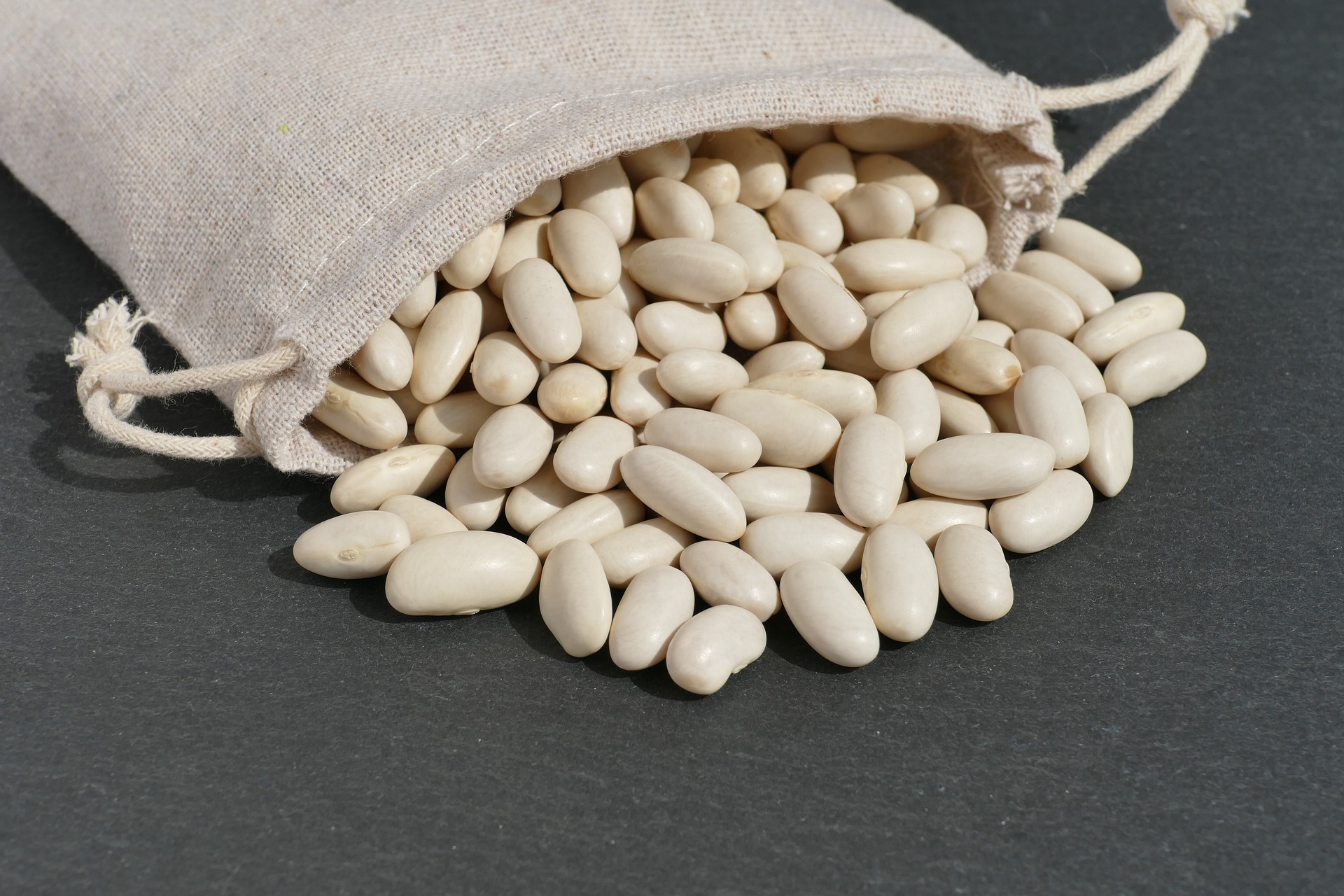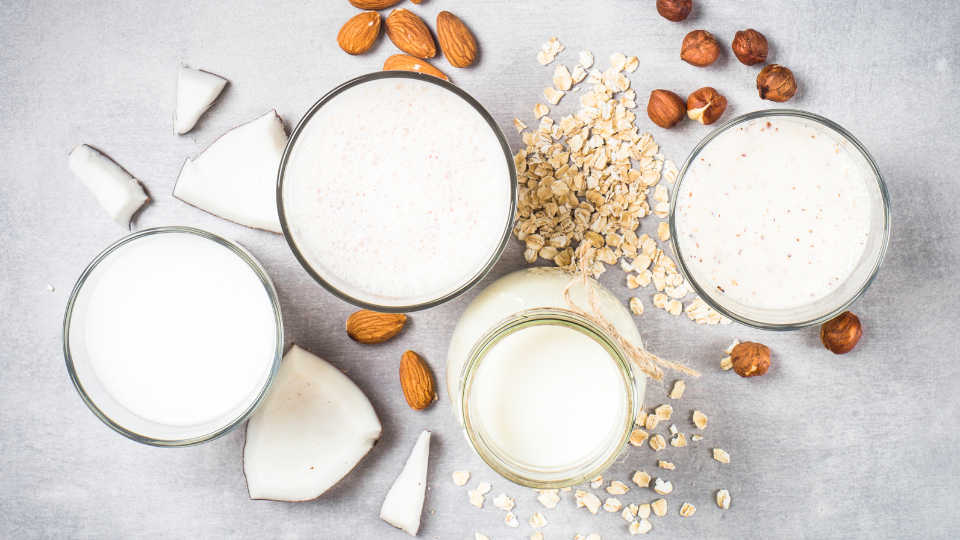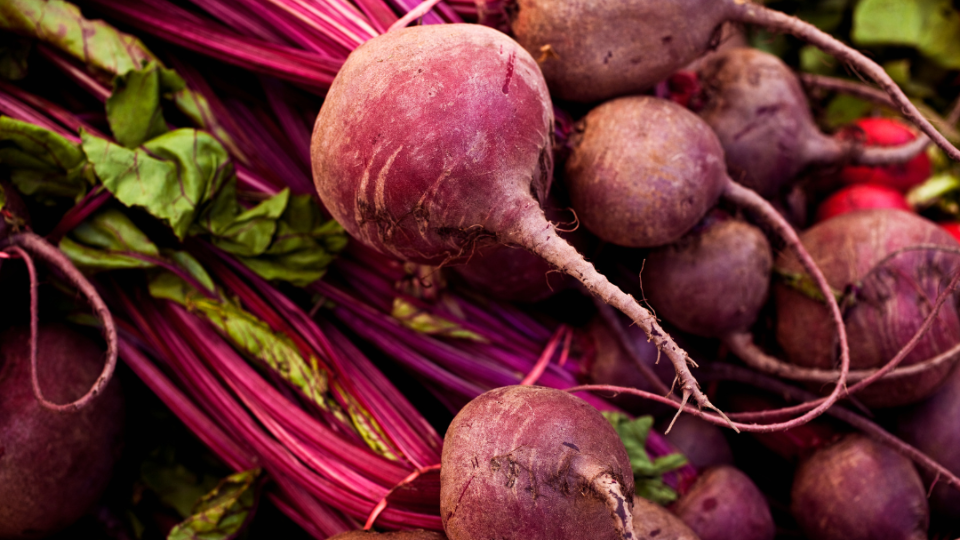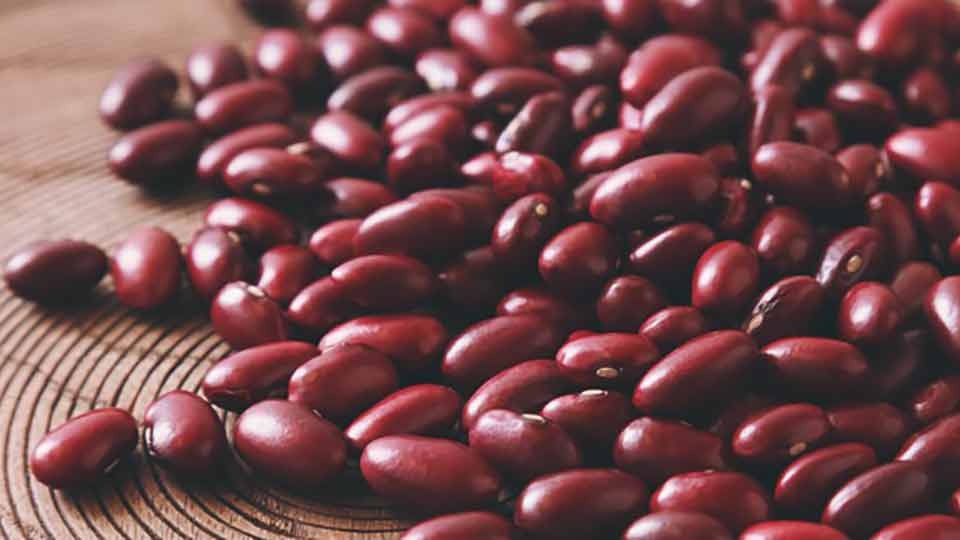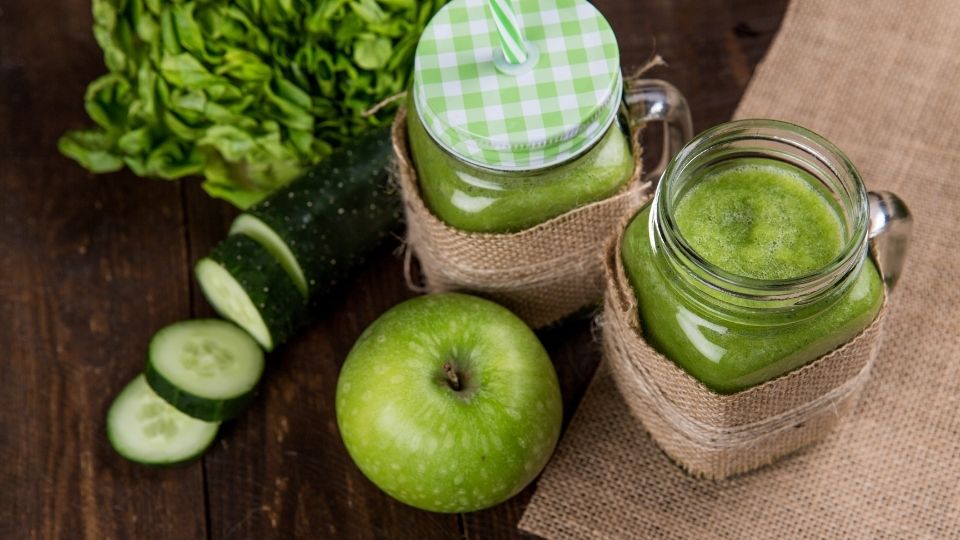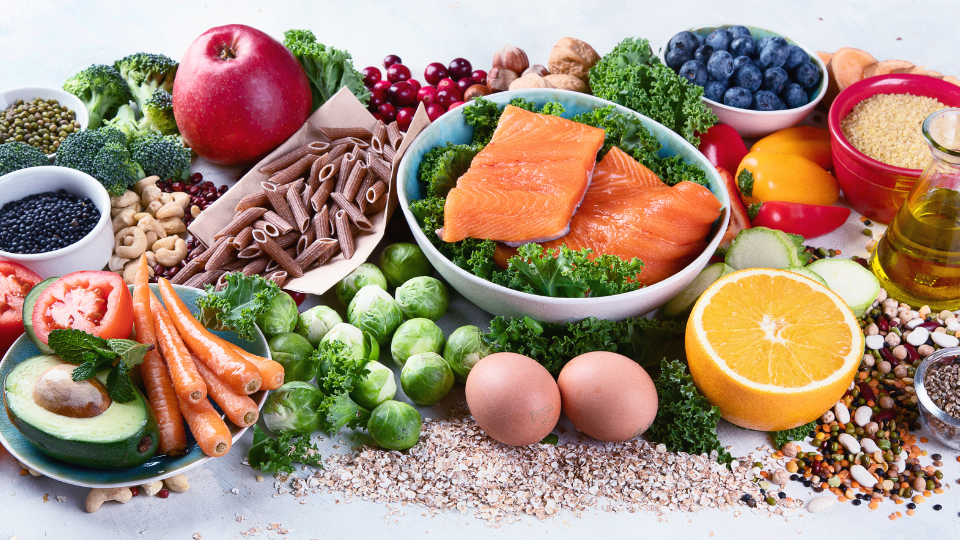Added Sugars: What You Need to Know

Added sugar has become a hot topic among health professionals and in the media. Based on the best available evidence, health professionals recommend that less than 10% of daily calories come from added sugar (U.S. Department of Health and Human Services [HHS] & U.S. Department of Agriculture [USDA], 2015c) in order to maintain a balanced diet with all the important nutrients. In this article, we will address why and how to limit added sugar in your diet, what it is, and where to find it.
What is added sugar?
Added sugar is defined as “syrups and other caloric sweeteners used as a sweetener in other food products” (HHS & USDA, 2015b). This only includes sugars added to products during processing and does not include sugars that occur naturally in fruit and milk. Table 1 displays words to look for on food labels to identify added sugars (HHS & USDA, 2015b).
Table 1
Added Sugars Named on Food Labels
|
|
|
Where is added sugar hiding?
An estimated 75% of processed foods contain a sweetener (Ng et al., 2012), most of which are high in calories and low in essential nutrients, vitamins, and minerals. Sugar can also hide in unexpected foods (Clemens et al., 2016; Edwards et al., 2016), so it is important to check the nutrition facts label for added sugar. Table 2 shows foods that commonly contain added sugars (Ng et al., 2012; USDA, 2015).
Table 2
Foods Commonly Containing Added Sugars
|
|
Why does added sugar matter?
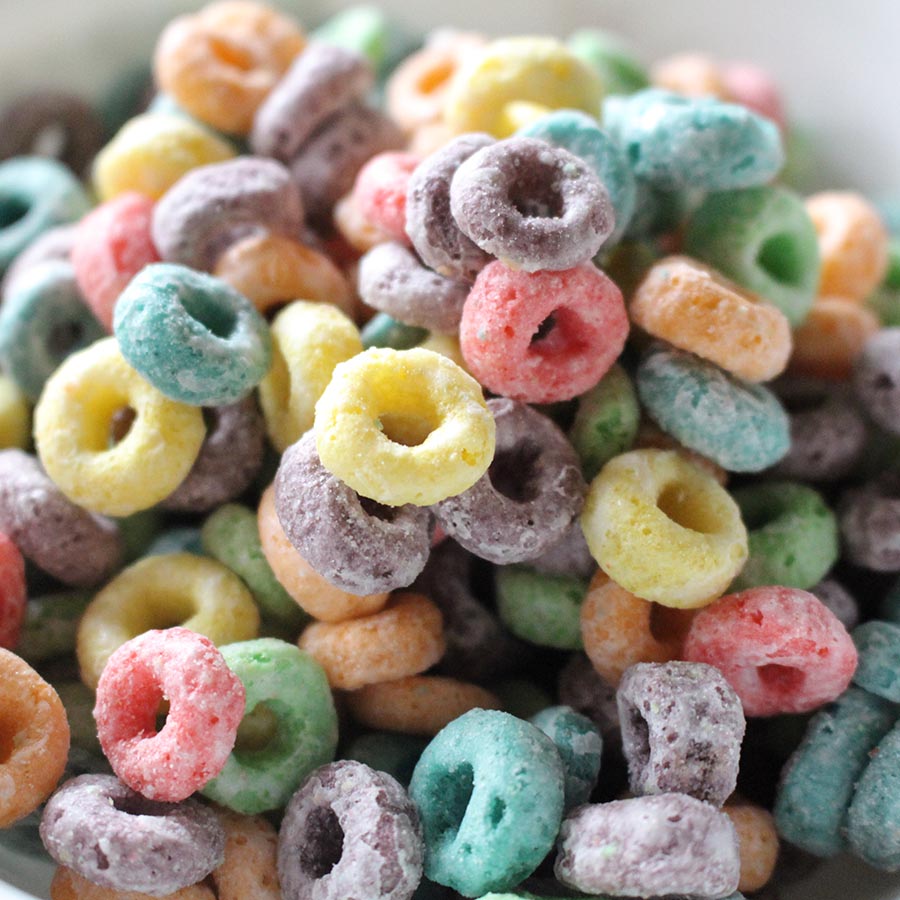
While an average of 15-32% of people’s calories come from added sugar in the United States (Edwards et al., 2016), the Dietary Guidelines for Americans recommends limiting added sugar intake to less than 10% of daily calories (Edwards et al., 2016; HHS & USDA, 2015). High consumption of added sugar (especially above 20%) may put one at risk for a variety of diseases including obesity, cardiovascular disease, type 2 diabetes, nonalcoholic fatty liver disease, disruption in insulin function, and dental cavities. Excess added sugar intake, especially from sugar-sweetened beverages, has been associated with these diseases (Vos et al., 2017). However, researchers disagree about whether the sugar itself is the problem or if it is just the added calories (Rippe & Angelopoulos, 2016; Stanhope, 2016). Added sugars make one hungry again faster because they digest quickly (Edwards et al., 2016; Stanhope, 2016, Vos et al., 2017). However, these high sugar foods are typically high in calories but low in other important nutrients. It may be difficult to get enough of these essential nutrients while staying within an appropriate calorie intake with a diet high in added sugar.
Where do I find added sugar information?
Following recent scientific findings, the Food and Drug Administration (FDA) announced new nutrition labelling requirements for packaged food to make it easier to read and display more realistic portion sizes. (Center for Food Safety and Applied Nutrition, 2017). The graphic that follows highlights changes related to sugar on the new label (Center for Food Safety and Applied Nutrition, 2020).
This nutrition facts label shows the amount of nutrients in each serving, but if you want to know what types of sugars are added, check the ingredients list. Ingredients are listed in order by weight with the first ingredients being the largest. Some products such as honey, maple syrup, and cranberry juice have special labeling rules. These products are marked with a ”†” symbol next to “added sugars” on the nutrition label (Center for Food Safety and Applied Nutrition, 2019).
The Dietary Guidelines for Americans are created using recent scientific data. These guidelines show the recommended amounts of nutrients (such as , fat, iron, and sodium) that an average person will need every day to live healthily. The % Daily Value shows what percentage of the nutrient recommendations are found in a serving. These percentages are based on a 2,000-calorie diet, but many individuals may need more or less calories every day.
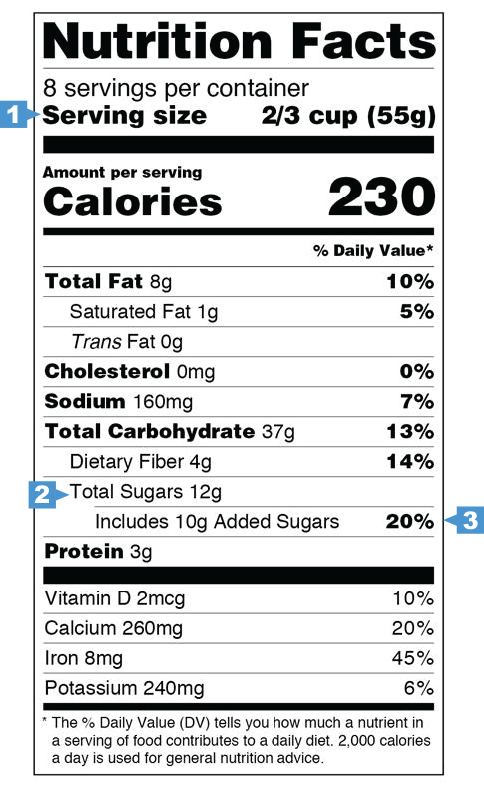
-
Notice the serving size when reading the nutrition facts label. Serving sizes have been updated to reflect the amount that is often consumed in one sitting.
The serving size is not a recommendation for the appropriate amount to consume.
-
Total sugars include sugars found naturally in the foods as well as any sugars added during processing. There is no % Daily Value because there are no recommendations for total amount to consume in a day.
-
Added sugars includes only the sugars added during processing. While many % Daily Values indicate the minimum recommended amount of that nutrient to consume, the % Daily Value for added sugar indicates
This product contains 10 g of added sugar and 2 g of natural sugar for every 2/3 cup.
How do I avoid added sugar?
It is easier to think of reducing added sugar intake in terms of shifting rather than restricting. Restricting implies that we are depriving ourselves of something we desire. Shifting, however, suggests a slight, gradual change toward more nutrient-dense foods that help us feel our best. As we gradually shift, we will learn to enjoy whole foods with more vitamins and minerals and will be satisfied with only eating “treats” once in a while. Table 3 shows some recommended shifts (HHS & USDA, 2015c; Cording, 2016).
Table 3
Ways to Shift Toward Healthier, Lower-sugar Foods
| Instead of eating these foods | Try these foods |
|---|---|
| Fruit snacks and sweetened fruit juices | Whole fruit and 100% fruit juice |
| Sugar-sweetened beverages | Water, low-fat dairy, or unsweetened tea |
| Dairy products with higher sugar content such as ice cream and flavored yogurt | Low-fat dairy products |
| Processed, packaged food | Homemade food with lower, controlled amounts of added sugar |
These shifts begin with a change in the food you buy and where you purchase it.

- Purchase more food at grocery stores and farmer’s markets rather than restaurants, vending machines, and convenience stores. At the grocery store, whole foods such as milk, meat, and fresh fruits and vegetables are found around the perimeter of the store, so shop there first. Since these items are unprocessed, they will not contain any added sugar.
- Scan the labels for phrases like “sugar free” or “no sugar added” when buying processed foods, and check the nutrition facts panels for items with less added sugar. For example, different pineapple products, such as dried, canned, fresh, or frozen will have different amounts of added sugar.
- Look for ways to satisfy your cravings with whole foods when buying instant food items and snacks.
- Skip the processed food altogether when circumstances allow, and make your own pasta sauces, muffins, granola, pies, and other goods from scratch so you have complete control of the ingredients and the amount of added sugar.
Conclusion
The causes of diseases such as obesity, diabetes, and heart disease are complicated. Reducing added sugar intake is one of many shifts that could help prevent these diseases. Added sugars means any variety of sugar product added to a food, and to improve health, limit added sugars because they often increase the calorie content but do not increase the amount of important nutrients. Reducing added sugar intake can help by decreasing calorie consumption and replacing added sugar calories with nutrient-dense foods that will positively affect your health. A few small, gradual changes will set you on the right path to a healthier you.
References
- Center for Food Safety and Applied Nutrition. (2020, March 11). Added sugars on the nutrition facts label [WebContent]. U.S. Food and Drug Administration. https://www.fda.gov/food/new-nutrition-factslabel/added-sugars-new-nutrition-facts-label
- Center for Food Safety and Applied Nutrition. (2017, November 11). Labeling & nutrition— Changes to the nutrition facts label [WebContent]. U.S. Food and Drug Administration. https://www.fda.gov/Food/GuidanceRegulation/GuidanceDocumentsRegulatoryInformation/LabelingNutrition/ucm385663.htm#images
- Center for Food Safety and Applied Nutrition. (2019, June). Guidance documents & regulatory information by topic - Draft guidance for industry: Declaration of added sugars on honey, maple syrup, and certain cranberry products [WebContent]. U.S. Food andDrug Administration. https://www.fda.gov/Food/GuidanceRegulation/GuidanceDocumentsRegulatoryInformation/ucm595578.htm
- Clemens, R. A., Jones, J. M., Kern, M., Lee, S., Mayhew, E. J., … & Zivanovic, S. (2016). Functionality of sugars in foods and health. Comprehensive Reviews in Food Science and Food Safety, 15(3), 433–470.
- Cording, J. (2016, December 7). Looking to reduce your family’s intake of added sugars? Here’s how. Eat Right. http://www.eatright.org/resource/food/nutriti on/dietary-guidelines-and-myplate/looking-toreduce-your-familys-added-sugar-intake-hereshow
- Edwards, C. H., Rossi, M., Corpe, C. P., Butterworth, P. J., & Ellis, P. R. (2016). The role of sugars and sweeteners in food, diet and health: Alternatives for the future. Trends in Food Science & Technology, 56, 158–166.
- Ng, S. W., Slining, M. M., & Popkin, B. M. (2012). Use of caloric and noncaloric sweeteners in U.S. consumer packaged foods, 2005-2009. Journal of the Academy of Nutrition & Dietetics, 112(11), 1828-1834.e6. https://doi.org/10.1016/j.jand.2012.07.009
- Rippe, J. M., & Angelopoulos, T. J. (2016). Added sugars and risk factors for obesity, diabetes and heart disease. International Journal of Obesity, 40(S1), S22–S27.
- Stanhope, K. L. (2016). Sugar consumption, metabolic disease and obesity: The state of the controversy. Critical Reviews in Clinical Laboratory Sciences, 53(1), 52–67. https://doi.org/10.3109/10408363.2015.1084990
- U.S. Department of Agriculture. (2015, February 27). What are added sugars? Choose MyPlate. https://www.choosemyplate.gov/what-areadded-sugars
- U.S. Department of Health and Human Services & U.S. Department of Agriculture. (2015a). A closer look at current intakes and recommended shifts—2015-2020 Dietary Guidelines—Health.gov. (n.d.). Retrieved January 25, 2018, from https://health.gov/dietaryguidelines/2015/guid elines/chapter-2/a-closer-look-at-currentintakes-and-recommended-shifts/
- U.S. Department of Health and Human Services & U.S. Department of Agriculture. (2015b). Appendix 6. Glossary of Terms—2015-2020 Dietary Guidelines—Health.gov. (n.d.-a). Retrieved January 25, 2018, from https://health.gov/dietaryguidelines/2015/guid elines/appendix-6/
- U.S. Department of Health and Human Services & U.S. Department of Agriculture. (2015c). Executive Summary—2015-2020 Dietary Guidelines—Health.gov. https://health.gov/dietaryguidelines/2015/guid elines/executive-summary/
- Vos, M. B., Kaar, J. L., Welsh, J. A., Van Horn, L. V., Feig, D. I., Anderson, …& Johnson, R. K. (2017). Added sugars and cardiovascular disease risk in children. Circulation, 135(19), e1017–e1034. https://doi.org/10.1161/CIR.0000000000000439
- Walmart.com | Save Money. Live Better. (n.d.). Retrieved March 21, 2020, from https://www.walmart.com/
Authors
Carrie Durward, Ph.D., RD, Extension Nutrition Specialist, Utah State University, and Keshele Stevens, Dietetics Student
Related Nutrition Articles




